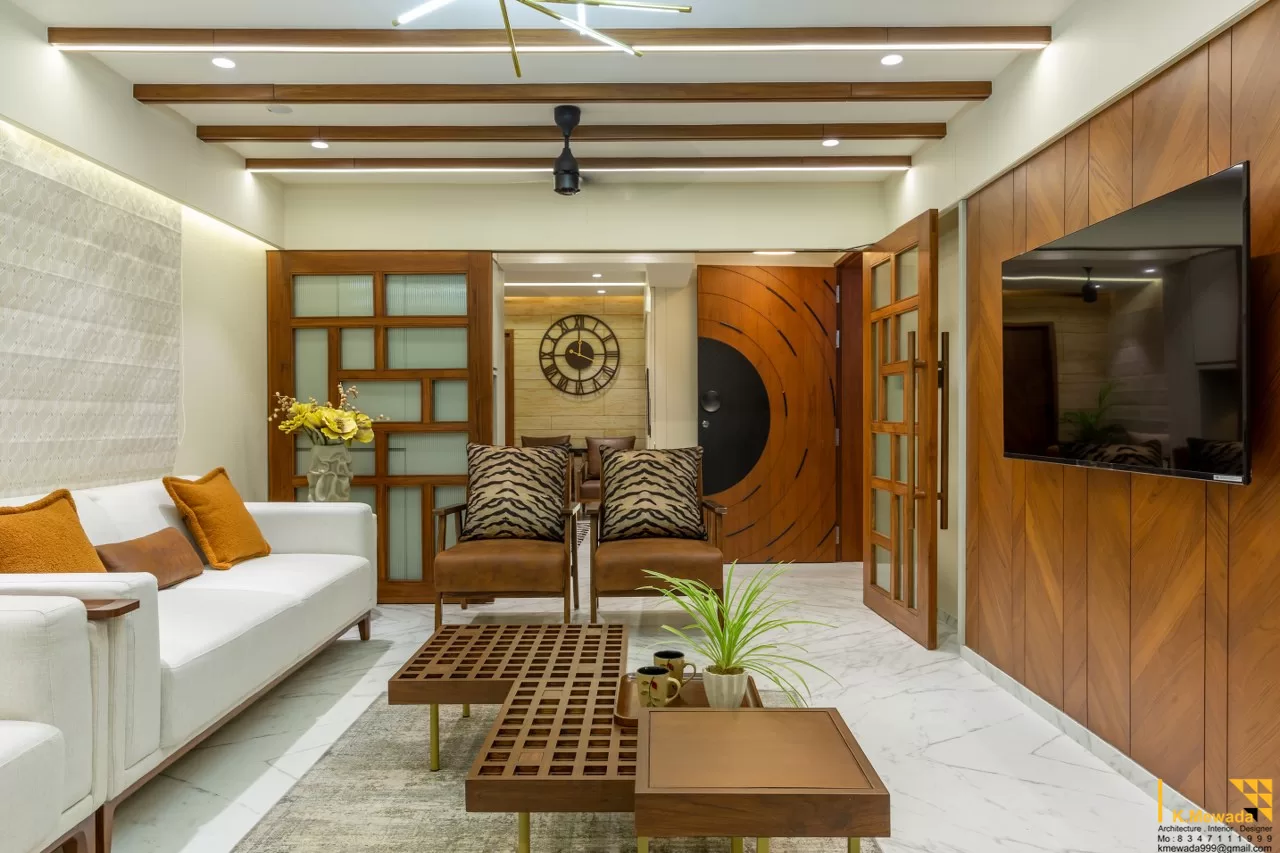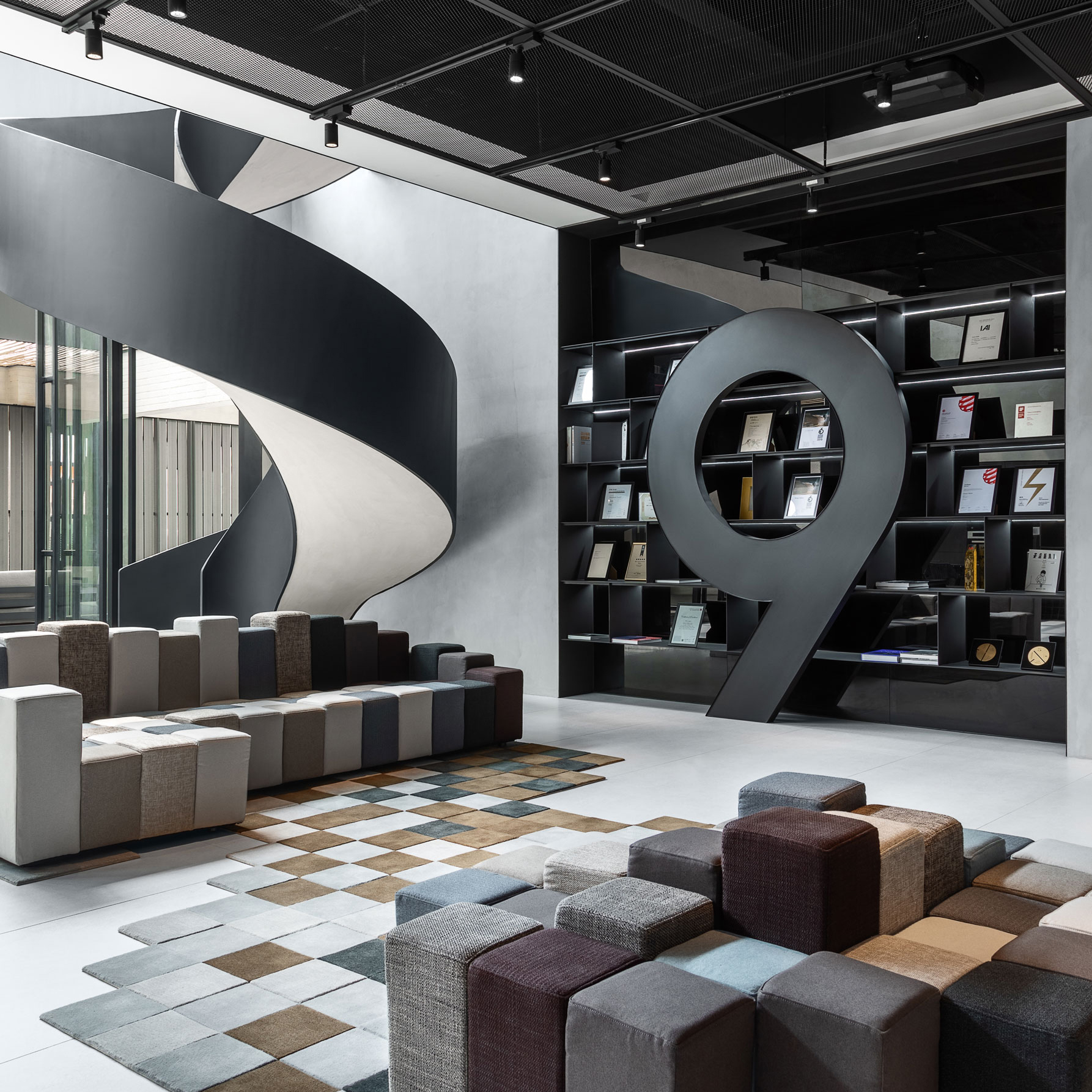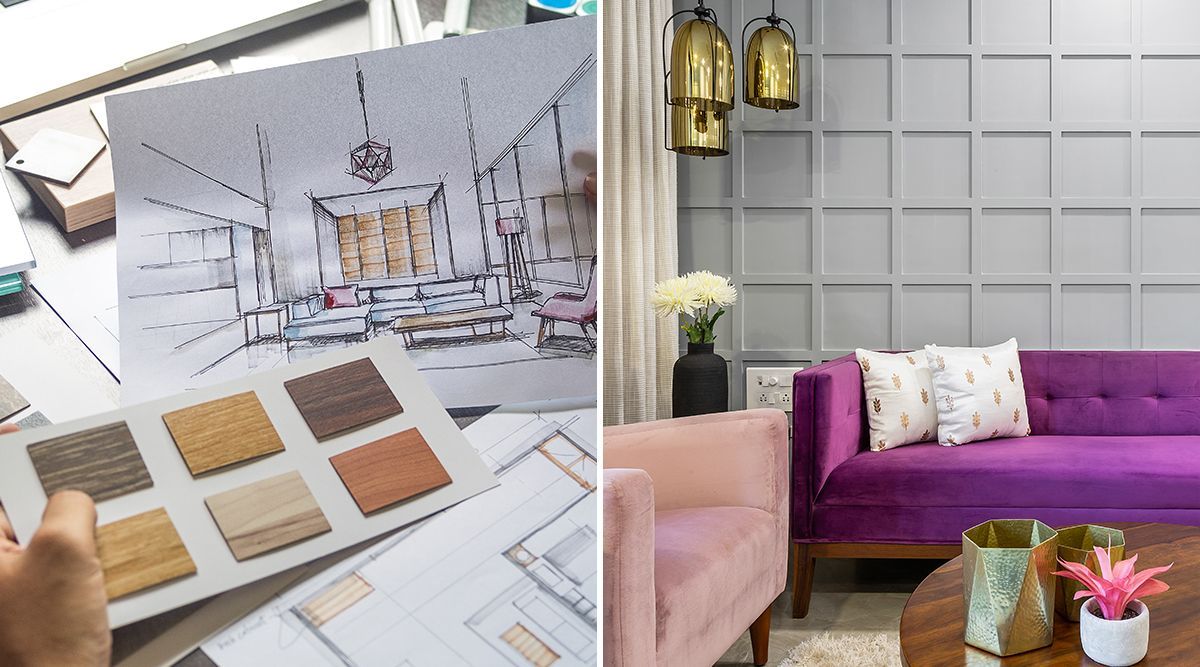The Art of Balance: How Interior Design and Home Designer Collaborate for Stunning Results
In the realm of home layout, striking a balance in between aesthetic appeals and capability is no little task. This delicate balance is achieved with the harmonious partnership in between interior designers and engineers, each bringing their unique experience to the table. Stay with us as we check out the ins and outs of this collaborative process and its transformative effect on home layout.
Recognizing the Core Differences Between Inside Design and Home Architecture
While both Interior Design and home style play important functions in developing aesthetically pleasing and practical spaces, they are naturally different techniques. Home style largely concentrates on the structural aspects of the home, such as building codes, security guidelines, and the physical building of the room. It manages the 'bones' of the framework, functioning with spatial measurements, load-bearing wall surfaces, and roof covering layouts. On the various other hand, Interior Design is a lot more worried with improving the sensory and visual experience within that structure. It involves selecting and arranging furnishings, picking color pattern, and integrating ornamental elements. While they operate in tandem, their duties, duties, and locations of experience deviate substantially in the development of a harmonious home environment.
The Synergy In Between Home Design and Interior Style
The synergy in between home design and Interior Design depends on a common vision of style and the improvement of practical looks. When these two areas align sympathetically, they can transform a space from common to extraordinary. This cooperation requires a much deeper understanding of each discipline's concepts and the capacity to produce a natural, aesthetically pleasing setting.
Unifying Design Vision
Merging the vision for home architecture and Interior Design can develop a harmonious home that is both functional and visually pleasing. The balance begins with an incorporated state of mind; engineers and interior designers work together, each bringing their experience. This unison of ideas creates the design vision, a blueprint that guides the project. This shared vision is crucial for consistency throughout the home, making sure a liquid change from outside architecture to interior areas. It promotes a collaborating strategy where building elements complement Interior Design components and vice versa. The result is a cohesive space that mirrors the home owner's lifestyle, personality, and taste. Therefore, unifying the style vision is vital in mixing design and Interior Design for spectacular results.
Enhancing Practical Aesthetic Appeals
How does the harmony in between home architecture and Interior Design improve functional aesthetics? This harmony enables the production of areas that are not only aesthetically appealing yet likewise comfortably useful. Designers prepared with their structural design, making sure that the space is reliable and functional. The indoor designer after that complements this with meticulously chosen components that improve the looks without compromising the capability. This harmonious partnership can cause homes that are both livable and lovely. For example, a designer could develop a residence with big home windows and high ceilings. The interior designer can then emphasize these attributes with sheer drapes and high plants, specifically, thus enhancing the aesthetic charm while keeping the sensible benefits of natural light and spaciousness.
Value of Partnership in Creating Balanced Spaces
The cooperation in between interior developers and architects is pivotal in producing balanced areas. It brings website consistency between layout and design, offering birth to areas that are not just visually pleasing but additionally practical. Exploring effective joint techniques can give insights right into how this harmony can be efficiently accomplished.
Harmonizing Style and Style
Equilibrium, a necessary element of both indoor layout and design, can only absolutely be accomplished when these two areas work in harmony. This joint process results in a natural, well balanced design where every component has a function and contributes to the total aesthetic. Integrating style and architecture is not simply about producing stunning spaces, however about crafting areas that function effortlessly for their inhabitants.
Effective Collaborative Methods

Case Studies: Successful Integration of Layout and Style
Examining several case studies, it emerges just how the effective combination of Interior Design and architecture can change an area. The Glass Home in Connecticut, renowned for its minimalistic beauty, is one such instance. Designer Philip Johnson and interior designer Mies van der Rohe collaborated to develop an get more info unified balance between the framework and the interior, leading to a seamless circulation from the exterior landscape to the inner living quarters. An additional exemplar is the Fallingwater House in Pennsylvania. Engineer Frank Lloyd Wright and interior designer Edgar Kaufmann get more info Jr.'s joint efforts bring about an amazingly distinct house that mixes with its natural environments. These study underscore the profound influence of a successful layout and design collaboration.

Getting Rid Of Challenges in Style and Architecture Cooperation
Despite the indisputable advantages of a successful cooperation in between Interior Design and architecture, it is not without its difficulties. Interaction issues can develop, as both events may utilize various terms, understandings, and methods in their work. This can bring about misunderstandings and delays in job conclusion. An additional major challenge is the balancing act of aesthetics and functionality. Designers might focus on architectural honesty and safety, while designers focus on comfort and style. The combination of these purposes can be intricate. In addition, spending plan and timeline constraints typically include stress, possibly triggering breaks in the partnership. Consequently, reliable interaction, good understanding, and concession are critical to overcome these challenges and achieve a harmonious and effective partnership.

Future Patterns: The Progressing Connection Between Home Architects and Inside Designers
As the globe of home style continues to evolve, so does the partnership in between designers and interior developers. The pattern leans in the direction of a more collective and integrated strategy, breaking without typical functions. Architects are no much longer exclusively focused on architectural integrity, yet additionally participate in enhancing visual appeal - Winchester architect. Conversely, interior developers are embracing technological aspects, affecting overall design and functionality. This advancing symbiosis is driven by innovations in innovation and the expanding demand for areas that are not just visually pleasing yet sustainable and likewise practical. The future guarantees an extra cohesive, ingenious, and flexible approach to home style, as designers and engineers remain to obscure the lines, fostering a connection that absolutely embodies the art of balance.
Final thought
The art of balance in home style is accomplished through the harmonious collaboration between indoor developers and engineers. An understanding of each various other's self-controls, efficient communication, and shared vision are important in producing visually stunning, functional, and welcoming areas. In spite of challenges, this partnership cultivates development and advancement in design. As the relationship in between home designers and interior designers advances, it will certainly remain to form future patterns, improving comfort, performance, and personal expression in our space.
While both interior design and home design play vital roles in developing aesthetically pleasing and useful areas, they are naturally different techniques.The synergy in between home design and indoor style exists in a shared vision of layout and the enhancement of practical looks.Combining the vision for home style and interior style can develop a harmonious living area that is both useful and visually pleasing. Hence, unifying the design vision is vital in blending design and indoor design for spectacular outcomes.
How does the harmony in between home architecture and interior style boost functional looks? (Winchester architect)